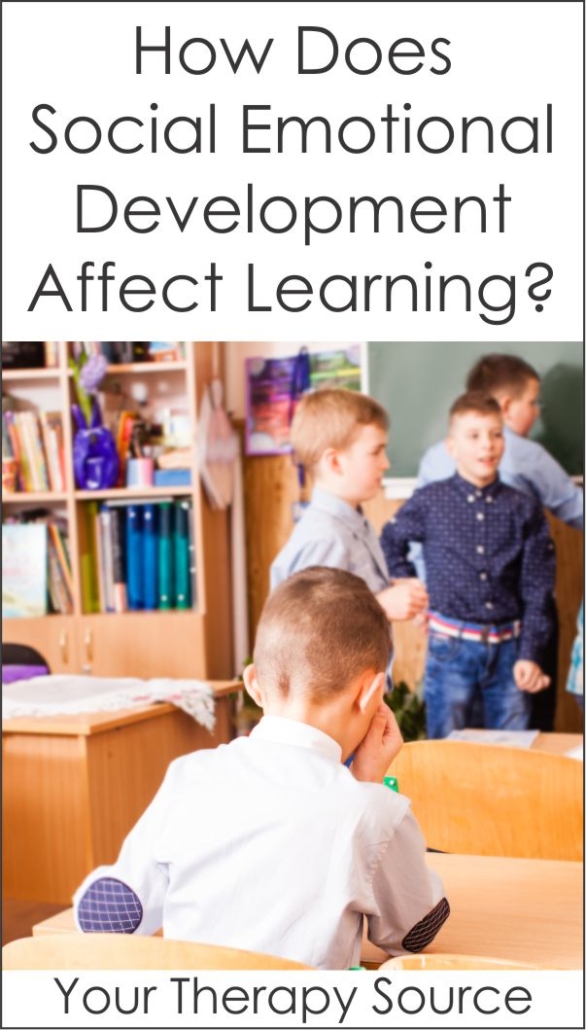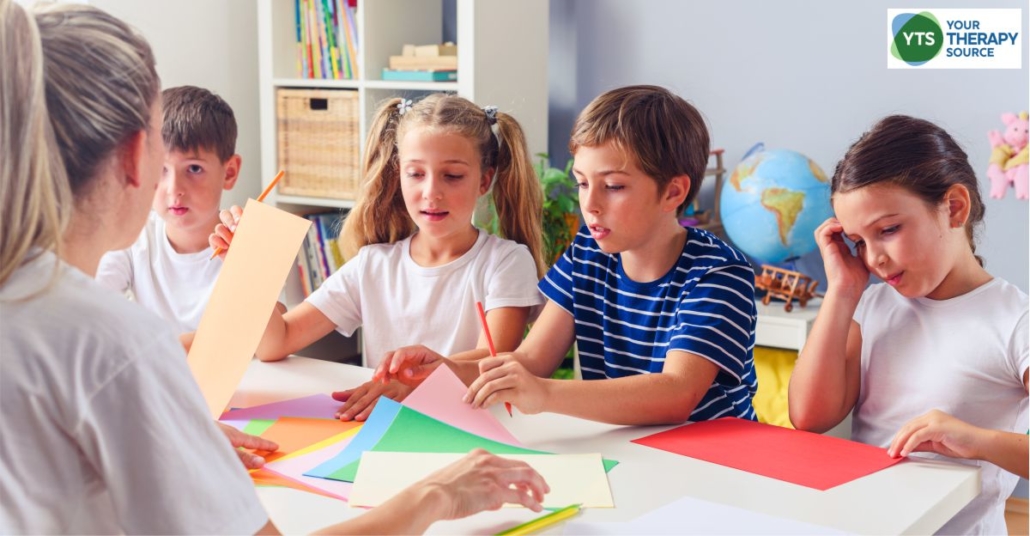How Does Social and Emotional Development Affect Learning?
How Does Social and Emotional Development Affect Learning?
There is no doubt that social emotional learning teaches character. Many years ago the question of how does social and emotional development affect learning was investigated.
In 1995, New York Times science reporter Daniel Goleman published the book, Emotional Intelligence: Why It Can Matter More Than IQ, which launched the social emotional movement.
The case he presents and validates with preliminary evidence is that:
- Character matters
- Character can be taught
- Character improves academic, social, and professional achievement
Since then, all subsequent research shows that social emotional learning does, in fact, enhance children’s academic success while preventing problems such as mental health disorders and violence. Social-emotional competencies empower kids to grow self-aware and confident, to manage difficult emotions and impulses, and to embody empathy, which translates to not only improved behavior but also test scores.
Daniel Goleman’s 5 Social Emotional Learning Skills
Danial Goleman describes 5 social emotional learning (SEL) skills:
- Emotional self-awareness — knowing what one is feeling at any given time and understanding the impact those moods have on others
- Self-regulation — controlling or redirecting one’s emotions; anticipating consequences before acting on impulse
- Motivation — utilizing emotional factors to achieve goals, enjoy the learning process and persevere in the face of obstacles
- Empathy — sensing the emotions of others
- Social skills — managing relationships, inspiring others and inducing desired responses from them
To understand how these 5 components of social-emotional intelligence (aka: EQ), affect learning, we must also look at brain-based research.
The social emotional learning of children is all about developing neutral awareness and thoughtful choices (aka: mindfulness). To be able to respond rather than react, children need to cultivate the executive functions of their neocortex (frontal lobe of the brain) as well as the heart-centered intelligence of their mid-brain limbic system, which houses meaning making and memories.
Social emotional learning helps children move out of their lower, automatic “reptilian brain” thinking and into higher, rational thinking and regulation, by establishing rules and activities that promote safety – physical, emotional and social – and teach respectful, kind and compassionate ways to think and behave.
SEL Shapes the Brain
Classrooms that include SEL are organized around the principles of respect, kindness, and empathy. SEL teachers and lessons engage students in learning and practicing how to embody those qualities.
How does social and emotional development affect learning? By providing a kind environment, it helps to encourage optimal brain development as well as social connection and collaboration. In other words, SEL affects learning by shaping children’s developing neural circuitry, particularly the executive functions.
As children feel safe and learn how to inhibit disruptive emotional impulses, they exhibit greater self-confidence, better behavior and enhanced memory. They enjoy the learning process and thus, readily engage and fully immerse themselves in gaining new information and skills.
This article was originally written authored by Leah Kalish.
Reference: Goleman, D. (1996). Emotional intelligence. Why it can matter more than IQ. Learning, 24(6), 49-50.
Resources to Explore Social Emotional Development
Emotions Packet encourages children to practice fine motor skills, visual motor skills and more with 5 activities and 10 worksheets that explore emotions.
The award-winning Self-Regulation Videos and Flash Cards, called Scooter & Me movement stories, help your kids/students become more physically fit, emotionally stable and learning able! And watch them thrive. Taught by experts and developed with kids, these self-regulation video classes combine exciting stories with creative movement, yoga and Brain Gym®. Kids get the fun of acting out the story through movement – being a scooter, a jet boat, a storm, a butterfly, a lion and so much more – while learning easy-to-do, self-regulation techniques called Adventure Skills. Find out more here.





